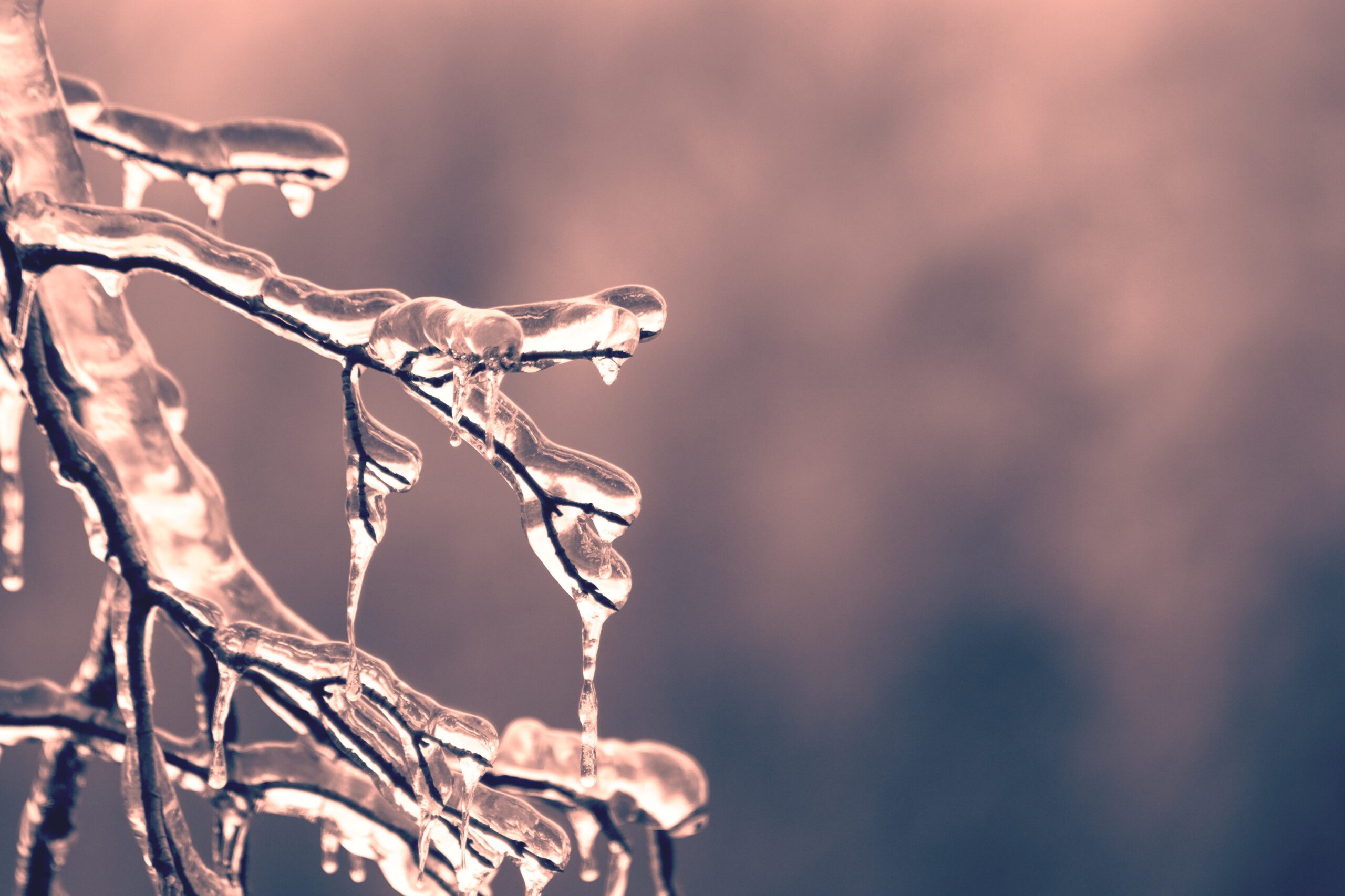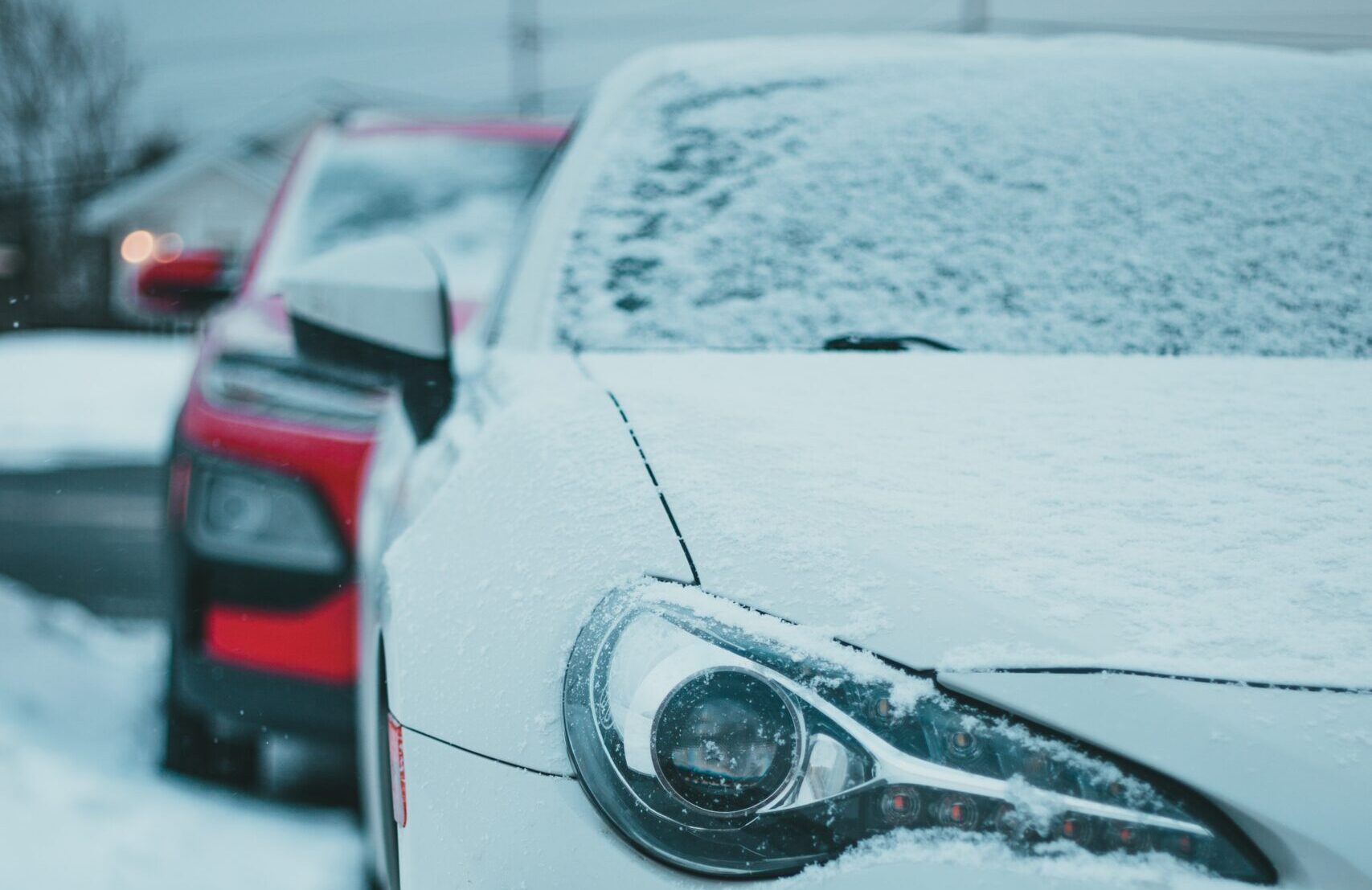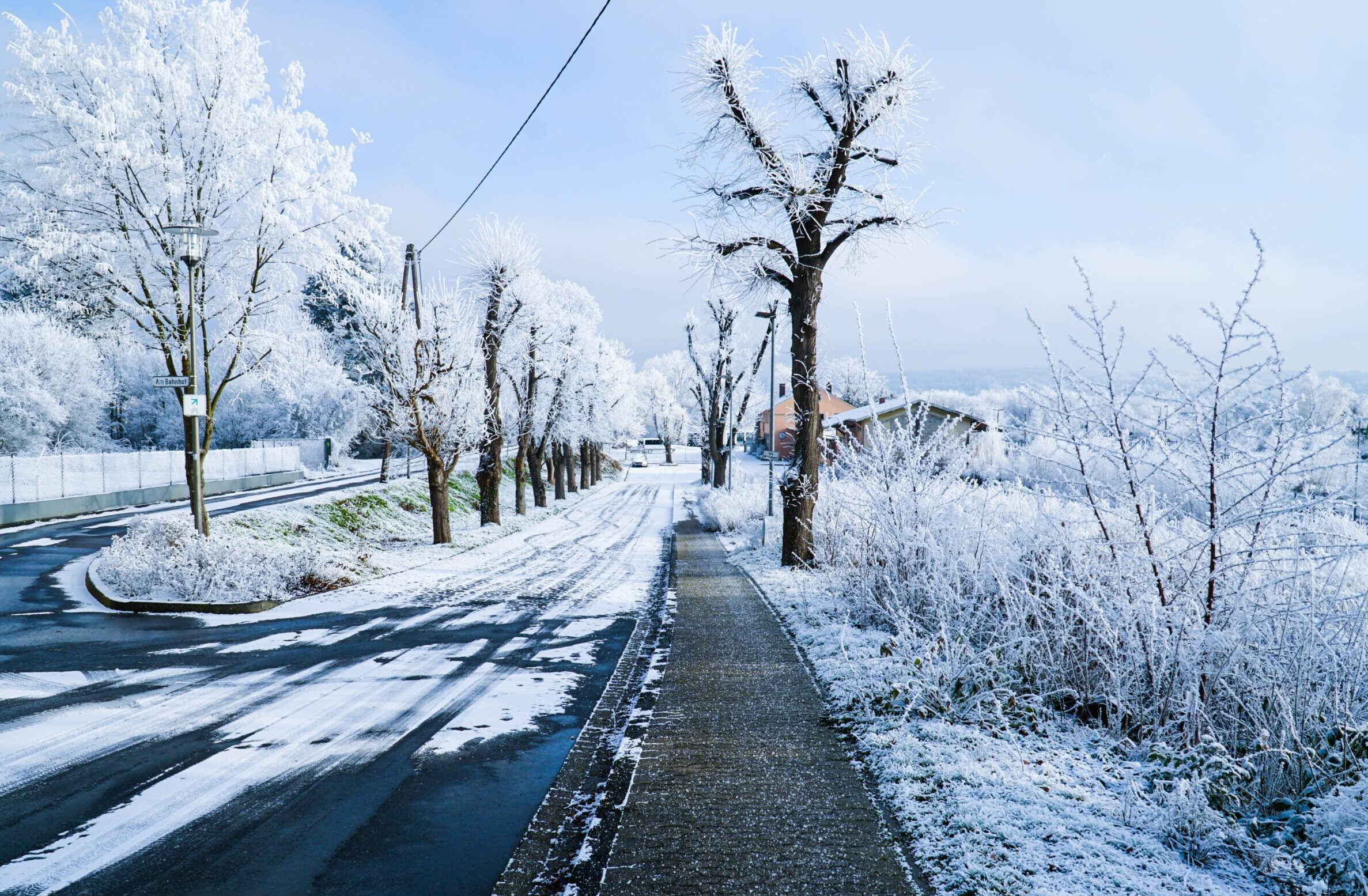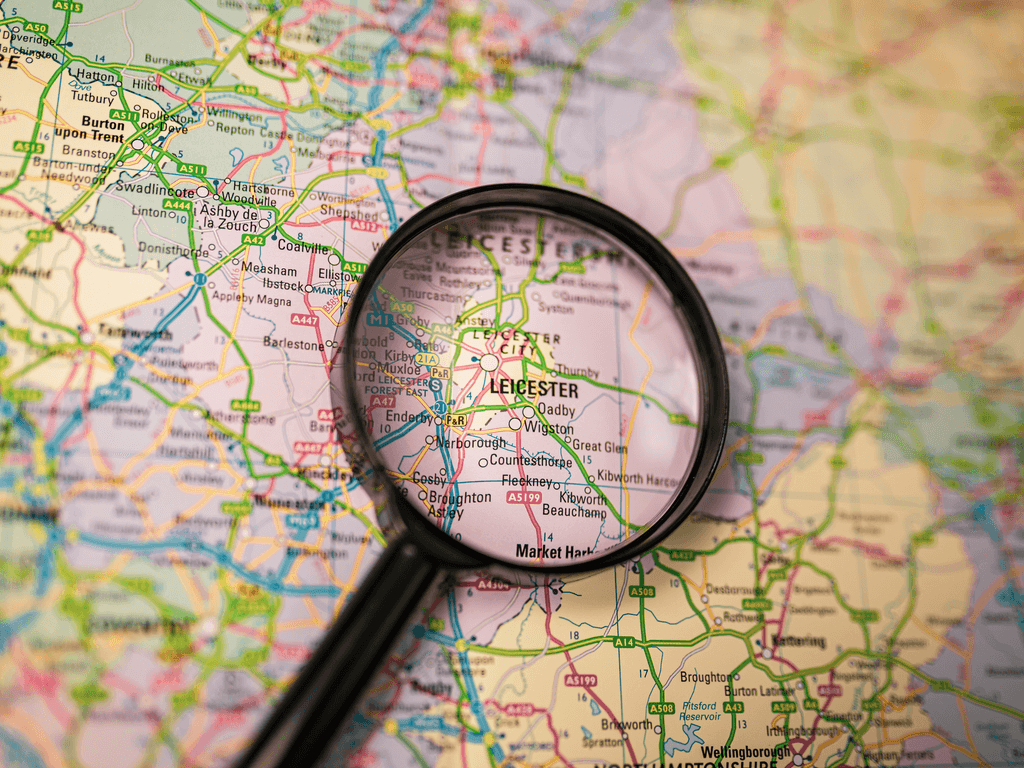We are a happy snow clearance team
Before the rather grandiose title deters you, we don’t take ourselves too seriously as a winter snow and ice clearing team at Weatherwise Services Ltd. If you follow us on Instagram or our LinkedIn page, we hope you see we have a laugh, though we take health and safety very seriously.
There are laws about ice, frost and snow
So what do you need to do as an employer, a manager, a headteacher, a site manager?
- Risk assessments. You don’t want people or vehicles slipping on ice, frost or snow and your risk assessment needs to be proactive, not reactive. That’s the way we operate – we are alerted when temperatures will cause hazards and our intrepid team are dispatched that night to eliminate risks from your premises.
- Highlight and identify areas that are prone to ice, frost and snow – look carefully at car parks, paths, doorways, shortcuts, sloped areas and think about compass aspects. A path on the north side of a building will inevitably be cooler at dawn and during the day that a path facing east or south.
- Check temperatures regularly and when freezing conditions are predicted, act.
- You can install signage warning of ice and snow. Smart signs can even be programmed with temperature and speed warnings. Cones can be useful too.
- Think about processes to keep people off tricky areas. Barriers can be useful, as can copious gritting procedures (which we specialise in). Some companies install covered walkways from car parks to doorways, if your area is regularly affected by ice, frost and snow.
Gritting
Gritting is common and cost effective. It’s why both the highway authority and winter snow clearance companies like us, use it. Salt stops ice forming and causes snow and ice to melt.
Again there are optimum times to grit, as it doesn’t work instantly. Gritting takes time.
What is the best time?
You need ideally to carry out gritting in early evening or early morning, before your staff and visitors arrive.
We know too that heavy rain washes salt away which can prove tricky if rain turns to snow.
You’ll also know if you’ve been outside all night, working or fishing for example, that the coldest part of a day is at dawn. Early morning dew can form and freeze on hitting cold surfaces.
Instead of fretting about when to grit, when temperatures will fall and how to protect your paths, doorways and car parks, contact Andy and Tim on 0333 772 9525| or email [email protected]
We cover a huge swathe of England from west towards the east and you will have real peace of mind knowing your health and safety in poor weather is safe with us.






